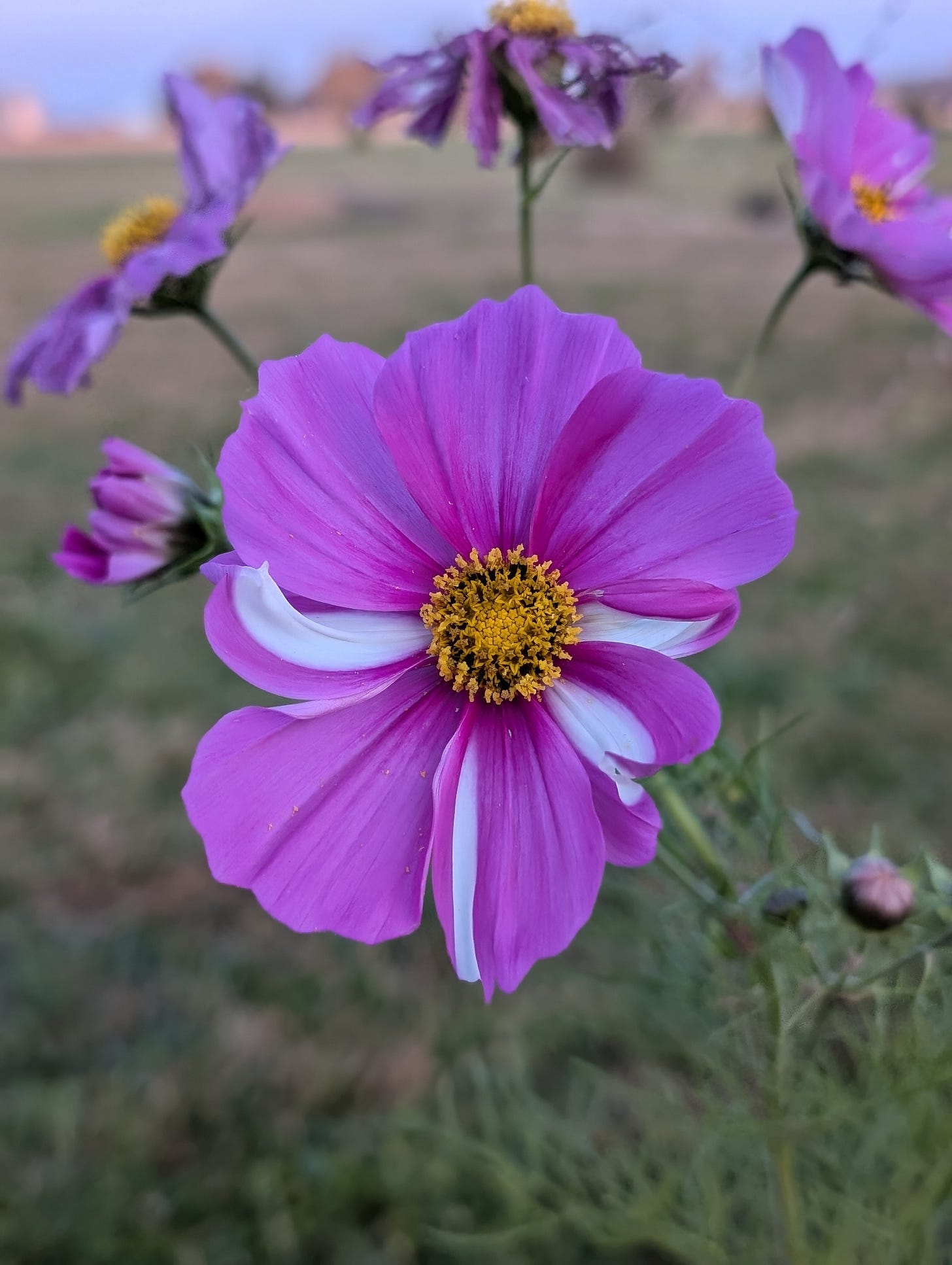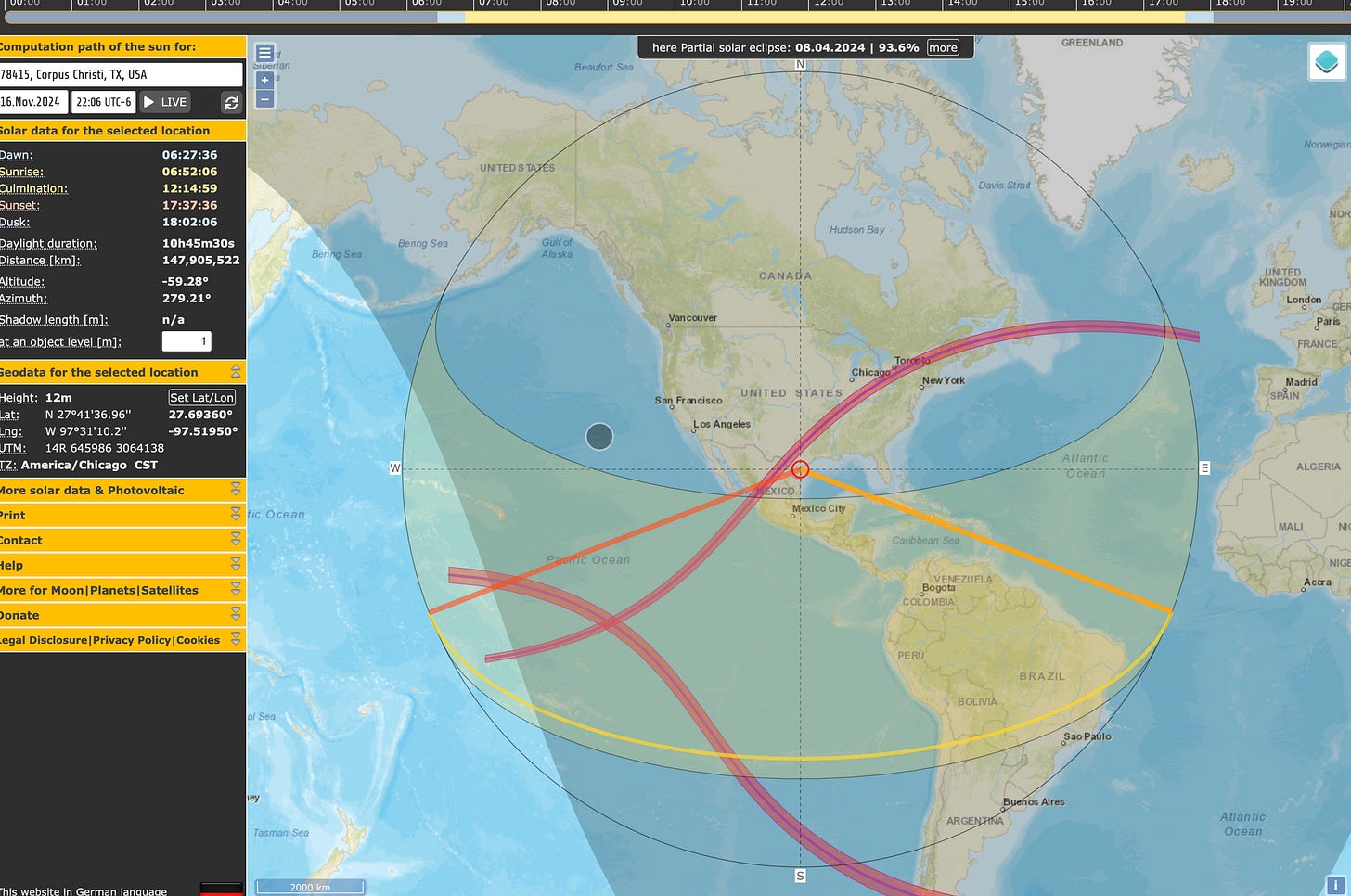The power of observation - Newsletter #2
Take 1 year to study your land or living situation - Thank me in 10 years
It’s okay to pause and observe!
This may seem counter to our culture…or is it behavior that’s fueled by the constant nagging and pressure to “keep up” with the false image being portrayed online? For years, I spent countless hours on youtube, instagram, reddit and book reading about homesteading and permaculture design. I thought by the time I gained some land, I had it all figured out.
I was wrong.
Rewind to the time we were still living in a subdivision and I was researching all of these things. I jumped right into building raised beds and planting edible gardens. I knew I had a south facing lawn and that was pretty much optimal for anything. What I failed to learn was how the water fell away from my house, or the fact that wind blew really hard from the west. Heck, even which plants would be better further up grade vs. down grade.
Lesson #1
Write down what’s most important to you and make plans on paper. While you are making those plans, sit outside for all of the seasons that exist in your zone. Make notes of the wind direction, how the sun hits your house, where the water pools up. All of these are incredibly important observations.
Lesson #2
Figure out where your slopes and grades are. This is vitally important to retaining and using the water that enters your land. You can either capture it or let it exit for someone else to use. I know there are some municipalities that state it’s illegal to capture rain water. They can go pound sand. Don’t be concerned if you can’t initially see it, you would be surprised how much slope there actually is. Our land I swore was completely flat forever until 2 years later, I can see it plain as day. A tool that can help is a countour generator located at:
https://contourmapcreator.urgr8.ch/
Lesson #3
Where and how long does the sun rise and set? Observe the length of time and where the shadows hit during the various seasons of the year. In the summer, you want your plants that can be damaged by the heat to have relief from the evening sun. The plants that you have that are frost intolerant should be on the side that gets the first sun. No matter what you want your home to get sun during the winter months and little to no sun during the hot, dreadful summers. Chickens? They hate the heat - give them a break! A tool that you can use and save you time is the Sun Calculator
Lesson #4
Now I know I said you need to spend time to observe but also don’t spend too much time. Some of the next tips I’ll be sharing in future posts are about spending your initial time on the items that take the longest to come to fruition (tree planting being an example). There are some tasks that don’t benefit you for 10-20 years and you need to get started on those right away. In that same vein, if you screw it up and want to move it 5-10 years down the road, you have to start ALL OVER. This is why I emphasize planning and taking a good year to start.
There are a few things I would do over because I didn’t observe and I don’t want you to go through the same pains I did.
Until next time! Have a fantastic weekend!




